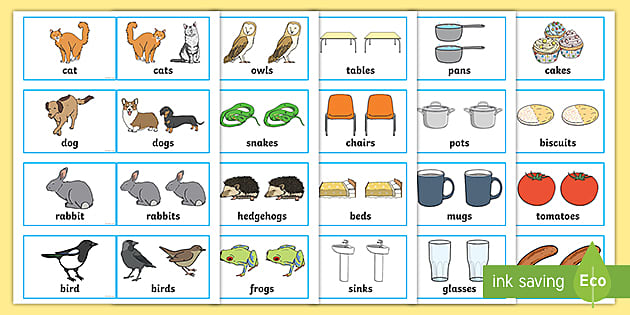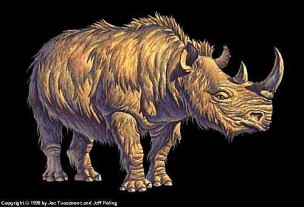
Rhinoceros like anything that is grassy: leaves, roots, bulbs and even bark off the trees.

This gives rhinoceros a nice variety in their diet. Where rhinos live, there are lots of types of grass, sometimes over 200 types. That’s a funny name for a group – maybe they crash into each other a lot when they are playing games! What do rhinoceros eat? Rhinos eating. They live in groups that are called a ‘ herd’ or a ‘ crash’. In all these different countries, rhinoceros live in grasslands and open savannahs. The black, Javan and Sumatran rhinoceros are the most endangered of all the species.
#Plural of rhinoceros skin
Black rhinoceros get their name from the dark patches on their skin that makes them appear to be black. White rhinoceros are actually a grey colour but the name comes from the African word ‘wyd’ which means ‘white’. Indian Rhinoceros, Javan Rhinoceros and Sumatran Rhinoceros live in India and Indonesia. There are Black Rhinoceros and White Rhinoceros that live in Africa. There are 5 different types of rhinoceros and they all live in different parts of the world. The species of rhinoceros we know today has been around for 15 million years – that’s a lot more years than us! Where do rhinoceros live? Black rhinos like this one live in Africa.

Rhinoceros are related to woolly mammoth – these are huge wool covered animals even bigger than elephants that lived during the ice age a long, long time ago. Rhinos have been on this planet for a really long time.

(Learn more about endangered animals here.) How long have rhinoceros been around? This means that now rhinos are endangered. Because of this, people have hunted rhinos to get their horns and make a special tea to help with fevers and other illness. Some people think that the horn of rhinoceros has healing powers. Just like your fingernails and hair grow throughout your life, so does a rhino’s horn. This is something called keratin, and it also makes your hair grow. A rhino’s horn is made up of the same material as your fingernail. Tap your fingernails and see how they feel. The horns on a rhino’s nose look like they are made of thick muscle or bone, but they’re actually not. So a rhinoceros is really just a nose-horn! This makes sense because the horn is the first thing you notice about a rhino! Want to learn more facts about rhinos? Do you want to know where they live and what they eat? Or perhaps you just want to know the plural of rhinoceros? (it’s rhinoceros or rhinoceroses by the way!) Read on for all this and more… Facts About Rhinos’ Horns Rhinoceros’ horns are made from keratin.

The word ‘ rhino‘ means nose and ‘ ceros‘ means horn. Lawyer, author, and dictionary editor Bryan Garner once wrote a post on Law Prose about subpoenas, for example, and many readers had the audacity to suggest that the master of grammar had erred when he failed to pluralize the word “subpoena” as “subpoenae.” The hyper-correctors got theirs when he responded with a correction of his own.The name ‘rhinoceros’ comes from two old Greek words put together. Hypercorrections are almost as common as word nerds. The -us in octopus is not the Latin noun ending that switches to -i in the plural, but the Greek pous (foot).” These mistakes are often the result of linguistic pretensions, a desire to sound particularly erudite that ends up going awry.Īs Steven Pinker puts it in his 1999 book Words and Rules, “he attempt to foist ‘proper’ Greek and Latin plurals has bred pseudo-erudite horrors such as axia (more than one axiom), peni, rhinoceri, and. This is an error of the sort known to grammarians as a “hypercorrection.” A hypercorrection is the erroneous use of a word form or pronunciation based on a false analogy with a correct form.


 0 kommentar(er)
0 kommentar(er)
